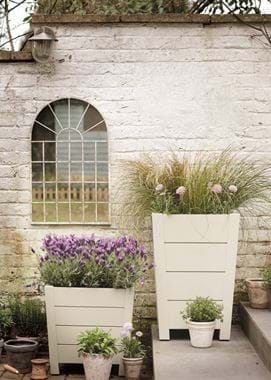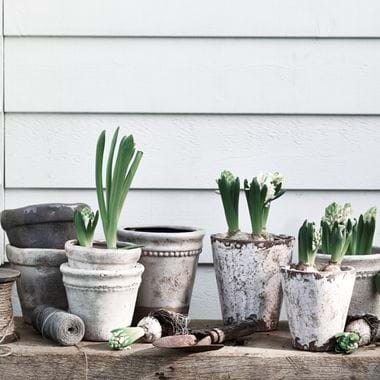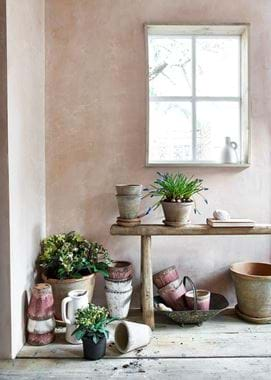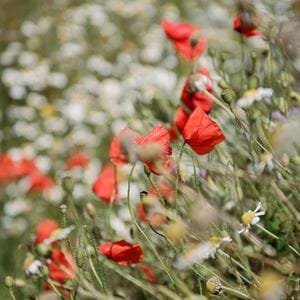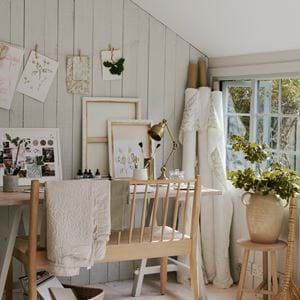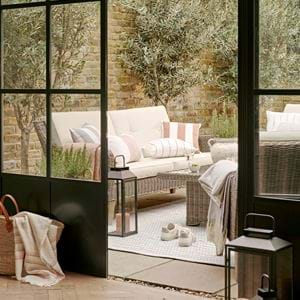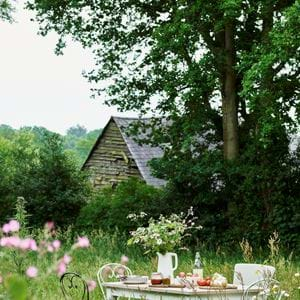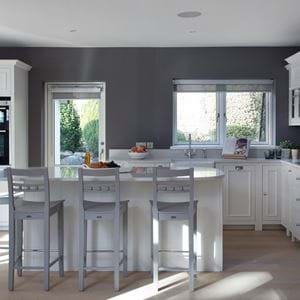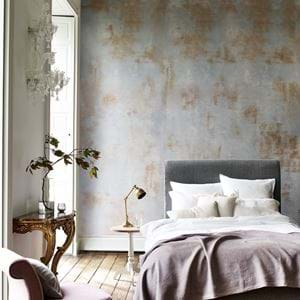Growing your own container garden
Growing your own container garden
Whether your garden is large or small, chances are containers (from terracotta pots to metal tubs and even old sinks) play some part in it. They’re just the thing if you have only a patio or balcony to contend with, but you can also use pots to make the most of a big space and bring plants right up to the house.
They’re also a chance to grow things you maybe can’t in the ground. Like hydrangeas, which can change colour depending on the pH of the soil. Or plants like lavender that prefer good drainage; mint, which needs a pot to keep it under control; and the ones that need to come inside over winter, like pelargoniums.
There’s a lot of choice out there when it comes to the type of container. Whether it’s a huge trough that creates structure in your garden, or tabletop pots that you can move around. Either way, you’ll need drainage holes in the bottom – something that sounds so obvious and yet is often forgotten. If they’re not there already, better to drill these in yourself. That way, any excess water will soak into the ground (use a saucer if your pot is on a table) rather than drowning your plant.
Unless your containers are really large, they often work best in groups. Not only will they have more impact, but they’re less likely to dry out when nestled close together. One idea is to build ‘staging’ or shelves for small pots of herbs, which makes the most of vertical space too.
One of the things we love most about containers is that you can change them around. Plant first into a plastic pot then sink this into the one you want to have on show. That way, when the plant has finished doing its thing for the year, you can take it out, place it somewhere more hidden (or compost it if it’s an annual and won’t be coming back), and pop something else in.
Whatever you’re planting, and whatever you’re planting it in, there are a few things to bear in mind. Remember those drainage holes? All your soil and water will just fall out through them if you don’t put something in the way. A few broken-up pieces of terracotta pot placed over the holes will do the job (because they’re curved, they’ll still let water out). Follow that with your soil – always a peat-free potting mix – together with some fine grit (the amount you use will depend on how free-draining your plant likes the soil to be). Finally, leave a centimetre or two at the top for water. You’ll also want to add a layer of mulch such as compost or bark chips each year to feed permanently-potted plants, and you’ll need space for that.
And don’t forget to water – at least every other day when it’s dry. Pots are thirsty little things.
Explore our collection of containers, from oak planters to terracotta tabletop pots.

